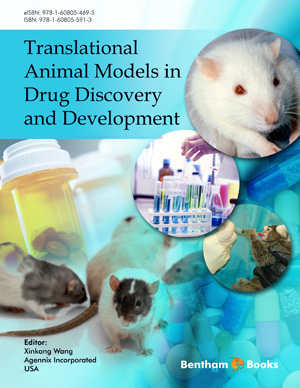Abstract
Models of rheumatoid arthritis (RA) in laboratory animals are important tools for research into pathogenic mechanisms and the development of effective and safe therapies. Rodent models (rats and mice) are the most widely used and have provided important information about the pathogenic mechanisms operating in the disease. However, the evolutionary distance between rodents and humans hampers the translation of scientific principles into effective therapies. This has in part resulted in a high attrition rate of new drugs to get approved for patient use and a concomitant dramatic increase in the cost for the development of these new drugs. The impact of the genetic distance between the species is especially seen for treatments based on human specific biological molecules, which are usually species-specific and are now successfully used in the treatment of RA. Non-human primates may help to bridge the evolutionary gap between rodent models and the patient because of their phylogenetic proximity. Here, we review two non-human primate models of inflammatory arthritis, specifically the rhesus monkey (Macaca mulatta) and the common marmoset (Callithrix jacchus).
Keywords: Animal model, biomarker, drug discovery, drug development, efficacy, inflammation, inflammatory arthritis, non-human primate, rheumatoid arthritis, rodent, translational model, collagen-induced arthritis, autoimmune mediated disease, pre-clinical models, rhesus monkey, common marmoset.






















